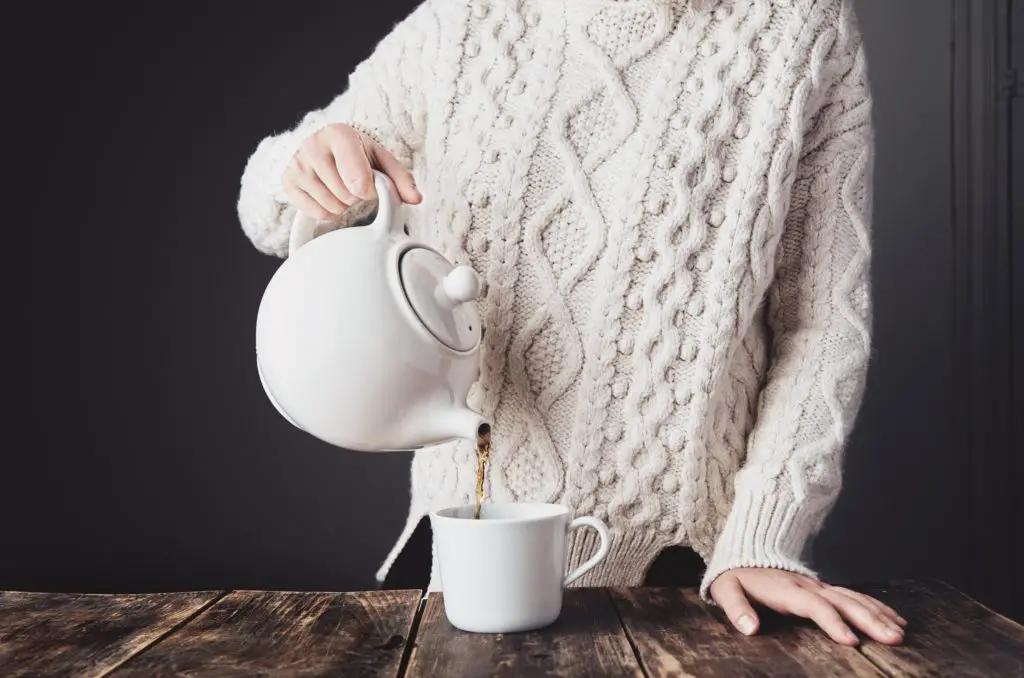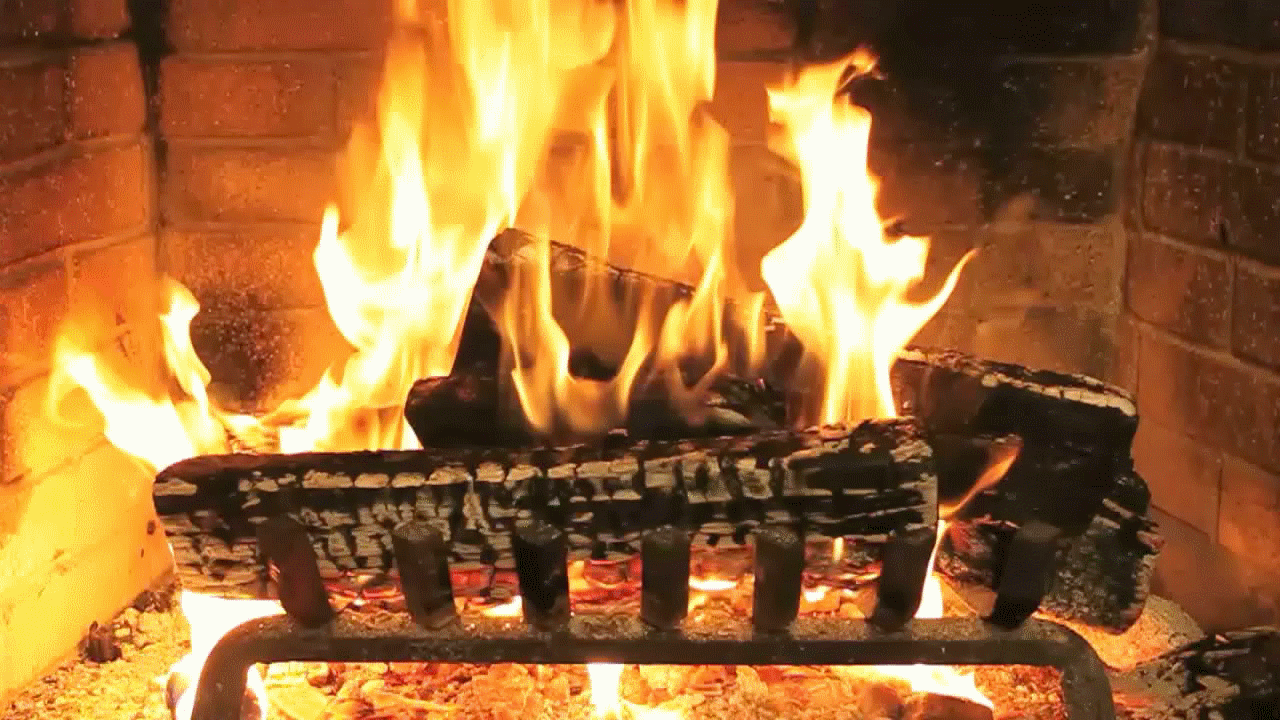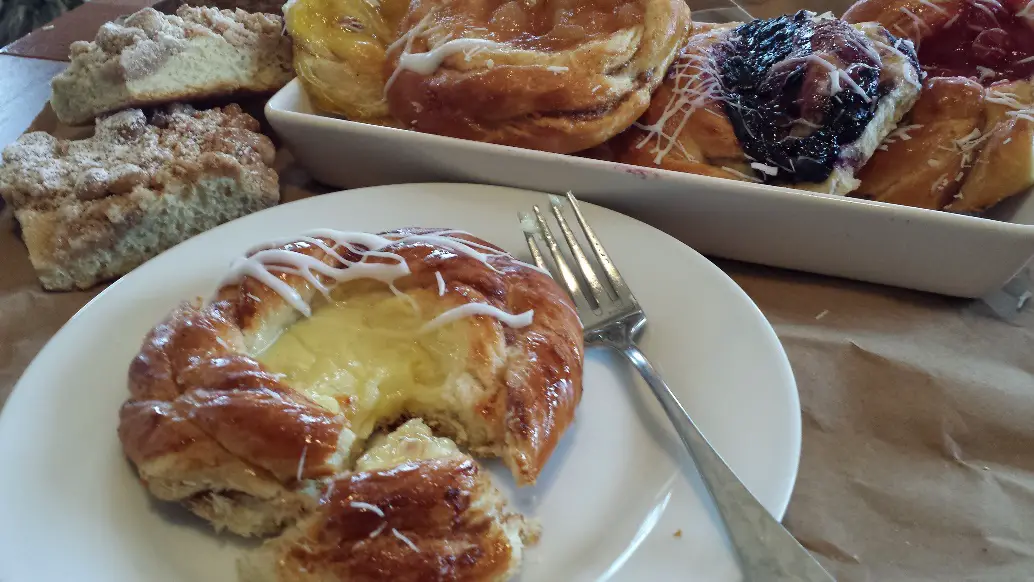
Baby, it’s cold outside. The temperature here in the Northeast has dipped to frigid levels. But rather than dream of warm beaches and umbrella drinks, we say bring it on! We’re adopting hygge.
What is hygge?
Hygge (pronounced hoo’-guh or hyoo’-guh) is the Danish art of coziness or togetherness, although most argue that the term does not have an exact English counterpart. Coziness will do. Hygge comes with rules, all to guarantee your mental and physical wellbeing during the dark, cold winter months. What began in Denmark began a worldwide sweep in 2016, beginning with England. As an article in The Guardian wryly noted:
Inescapably and suddenly, Britain has been invaded by hygge. The Danish word, previously unknown to all but the most hardcore Scandophiles, is now the subject of an avalanche of books, hundreds of Identikit newspaper features, and endless department-store winter displays. Every story on the subject explains that the word defies literal translation, before offering “cosiness” as a workable approximation – it’s not exactly that, but rather, a feeling of calm togetherness and the enjoyment of simple pleasures, perhaps illuminated by the gentle flicker of candlelight.
Not the least of the paradoxes of this craze, which you might also call a wildly overhyped trend, is that simply pronouncing it is almost impossible for British tongues. The first mention of hygge in any text – where it sits so invitingly on the page, with its row of curvaceous descenders – usually comes with a phonetic guide. This is in order to prevent readers from committing the faux-pas of uttering “higgy” or “huggy” – or, worse, “hig”. “Hue-gah”, “hoo-gah”, “heurgh” and “hhyooguh” are among the approximations offered in the (at least) nine books on hygge published this autumn. (The Sun, helpfully, suggests it should rhyme with “cougar”.)
What makes hygge so special?
Danes love and are very proud of their singular tradition. In his book, The Little Book of Hygge: Danish Secrets to Happy Living, Meik Wiking tries to help us understand hygge:
“Hygge is about an atmosphere and an experience,” Wiking explains. “It is about being with the people we love. A feeling of home. A feeling that we are safe.”
Denmark has long, cold winters, averaging 17 hours of darkness each day and with temperatures hovering around freezing. And yet Danes are one of the happiest peoples on earth—statistically proven by The UN’s 2022 World Happiness Report, which ranks 156 countries by their happiness levels. Denmark ranks second, joined closely by other lands of ice and snow: Finland, Switzerland and Iceland. Who are we to argue with statistics? So, we are packing away our sandals and sunscreen, determined to wallow in hygge happiness this winter.
The elements of hygge
To distinguish hygge from just lounging around in your sweats, one must set the scene.
1. Candles

Read any book or article about hygge and you will be told that Danes burn more candles per capita than any other country–13 pounds of candle wax per person per year, according to Meik Wiking, author of “The Little Book of Hygge.” Candlelight can change the mood of a room, an apartment, a house. They add warmth and a feeling of coziness. We probably don’t take advantage of them enough.
In Denmark, candles are burning in the living room, the kitchen, the dining room, and in offices during the winter months, part talisman to keep the cold and dark at bay, part tool to make the indoors inviting. Candles are so central to hygge that we have a separate post that shows you the many options out there—and ways to burn them safely to keep your home from going up in flames.
2. Big warm sweaters

One of the many benefits of becoming a Blue Hare woman is that we are free to clear out of our closets (and donate) all of the constricting business attire we once wore. Going forward, we can indulge in loose comfy clothing that makes us feel just as we want to BE. Top the look with big (big is important), loose knit, wool/alpaca/cashmere/mohair sweaters. Relax—they don’t have to look like ugly Christmas sweaters. There are plentiful beautiful, stylish ‘hyggelig’ sweaters out there. We say yes to cowl necks and hoodies, but no to cold shoulder styles. Cold, after all, is not the goal here.
3. Colorful hand-knit wool socks or slippers

Just as big warm sweaters are essential, it wouldn’t be hygge without hand knit wool socks, preferably with a pattern. Replacing your slippers with big socks helps transport you from yet another dark winter night to a cozy hyggelig evening at home. Knitters are lined up on Etsy selling a selection of beautiful socks. Many will make you a custom pair if you can’t find exactly what you like.
4. A crackling fire

Don’t we all dream of a crackling fire when it’s snowing outside? And when the temperatures dip well below the freezing mark? Those lucky enough to have a fireplace in their homes will build roaring fires and sit around the warm glow. But if you live in a house or apartment without a fireplace, there are fireplace videos that can turn your television into a virtual fireplace. On a recent snowy Saturday, we tried Fireplace for Your Home, which provided a very satisfying hour of flickering, crackling burning logs.
5. And all the rest: food & drink, soft throws, fluffy pillows, a good book, a movie

Complete your hygge experience by wrapping yourself in a luxurious blanket. Indulge in a cashmere, merino wool, or mohair throw or look at faux fur throws, which are soft and snuggly.

Homemade food, cakes, and sweets are central to hygge, but for busy people, trying to fit in a morning of baking might add an unnecessary layer of anxiety that is definitely not hygge. Purchased products like fresh-made Danish pastries, simple wholesome cakes, like apple, or spice, or carrot cake work, but you want to avoid anything fussy. Those are for another time.
For savory fare, make a platter of smørrebrød, the open face sandwiches that can be found all over Copenhagen and increasingly around the world—a Nordic food hall opened in New York’s Grand Central Station in 2016. Or try making this Nordic-influenced Split Pea and Green Pea Soup with Dill.

Choose a warm cup of fresh-brewed coffee or tea or hot chocolate, or a glass of wine or beer to enjoy alone or with close friends (who are also wearing big sweaters and hand knit socks). In Denmark, the choice might be gløgg, which is best described as a cross between Sangria and hot mulled wine, combining wine, brandy, port, fruit, and spices. Received a so-so bottle of wine for Christmas? Gløgg to the rescue.

Curl up with a good book or movie, feet up so you can admire your new socks. To continue the Denmark experience read some of Isak Dinesen’s (Baroness Karen von Blixen-Finecke) fine writing—perhaps Winter’s Tales. Or watch atmospheric films like Babette’s Feast or for your inner child, Hans Christian Andersen.
With this combination of practices and stuff we can all enjoy some of the benefits of hygge. Unplugging from the world in front of a flickering fire, good book in hand, can bring us closer, to ourselves, to Denmark, and to humanity.
This article originally was published in January 2016. It has since been updated.
Blue Hare has affiliate relationships with Amazon and other retailers. We may make a commission if you use the links on this page to purchase items.
* * *
This article was originally published on February 5, 2017. It was updated on January 16, 2024.
New to Blue Hare? You might also like
- Let it snow: Books for winter days and nights
- Aquavit—An old spirit for modern cocktails
- The best hot chocolate mixes for cold winter days
Go to Blue Hare’s home page for more articles for fabulous women.
